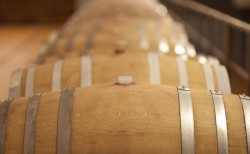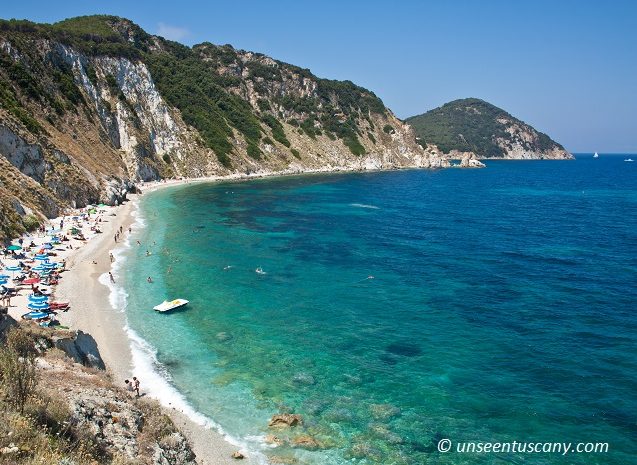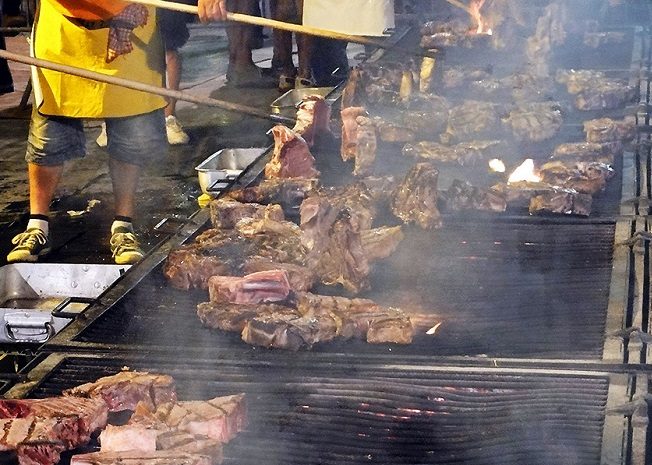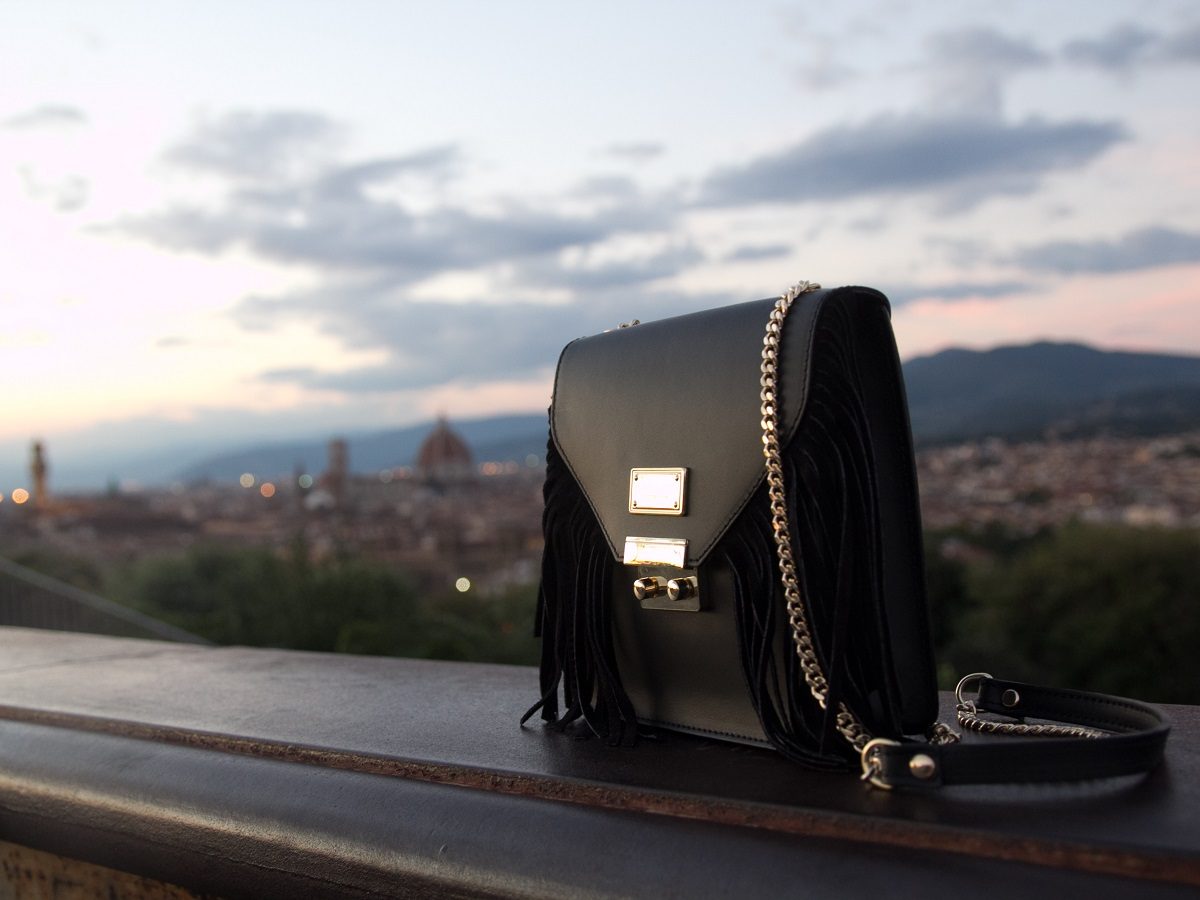 Jei esate vyno gerbėjai ir planuojate atostogas Toskanoje, tiesiog negalite praleisti Chianti (tariamas kjanti) vyno degustacijos! Chianti regionas, svarbus istoriškai ir žymus visame pasaulyje, suteikia puikią galimybę paragauti pasaulyje ypač vertinamų vynų. Be to, Chianti vynai paprastai laikomi vienu iš tipiškiausių „made in Tuscany“ produktų.
Jei esate vyno gerbėjai ir planuojate atostogas Toskanoje, tiesiog negalite praleisti Chianti (tariamas kjanti) vyno degustacijos! Chianti regionas, svarbus istoriškai ir žymus visame pasaulyje, suteikia puikią galimybę paragauti pasaulyje ypač vertinamų vynų. Be to, Chianti vynai paprastai laikomi vienu iš tipiškiausių „made in Tuscany“ produktų.
Taip, Chianti vynų galima rasti bene visuose Italijos, ir daugumos užsienio restoranų meniu, tačiau apsilankymas pas vyndarį, pasivaikščiojimas po vynuogynus, rūsių apžiūrėjimas ir degustacija ten, kur vynas užauga, gimsta ir bręsta, yra nepaprasta ir unikali patirtis. Tačiau atėjus laikui išsirinkti, kuriame iš kelių šimtų vyno ūkių degustuoti vyną, galima šiek tiek pasimesti. Būtent todėl parengėme Chianti Classico (su vienu „nukrypimu“) vyndarių sąrašą, kuris turėtų padėti apsispręsti. Skaitykite, rinkitės ir mėgaukitės!
Chianti vyno degustacijos Toskanoje:
Fattoria Vigniavecchia. Fattoria Vignavecchia ir jos savininkus pažįstame jau bene penkerius metus, tačiau jų gaminamas Chianti Classico vynas vis dar nesiliauja stebinęs savo puikiu skoniu. Na o saldus vynas (it. vin santo) tiesiog pakerėjo. Vignavecchia ūkis įsikūręs visai netoli Radda in Chianti kaimo, o vynininkyte jame užsiimama nuo 1876 m. Dauguma čia auginamų vynuogių yra sangiovese (70%), taip pat šiek tiek canaiolo, merlot, san colombano, malvasia ir chardonnay. Daugiau informacijos ir degustacijos rezervavimas www.vignavecchia.com
Fattoria di Montemaggio. Fattoria di Montemaggio – tai dar vienas vyno ūkis, kurio gerbėjais esame jau ne vienerius metus. Montemaggio įsikūręs Chianti Classico regiono širdyje, netoli Radda in Chianti kaimo. Vynuogynuose žaliuoja sangiovese vynuogės ir šiek tiek merlot, pugnitello ir chardonnay. Vyno ūkio savininkai laikosi „terroir“ koncepcijos, dalis gaminamų vynų yra biologiniai ir 100% hand-made. Lankantis vyno ūkyje galima ne tik paragauti geriausių Chianti Classico vynų, bet ir susipažinti su gamybos procesu. Daugiau informacijos ir degustacijos rezervavimas www.montemaggio.com
Castello Monterinaldi. Castello Monterinaldi ūkis įsikūręs tarp Radda in Chianti ir Gaiole in Chianti kaimų. Ūkio pavadinimas kilo iš XI amžiuje čia stovėjusios pilies. Vyno gamyba prasidėjo 1910. Degustacijos metu Castello Monterinaldi vyno ūkio savininkai degustacijos metu ne tik pasakoja apie vyno gamybą, vyną, bet ir parodo po žeme esantį tunelį. Daugiau informacijos ir degustacijos rezervavimas www.monterinaldi.it
Castello di Radda. Castello di Radda ūkis stovi ant kalvos tiesiai prieš Radda in Chianti kaimą. Ūkyje daugiausia auga sangiovese ir canaiolo rūsių vynuogės. Castello di Radda savininkai didelį dėmesį skiria aplinkos tausojimui ir ekologijai. Šiais metais Castello di Radda gaminami vynai buvo įtraukti į Slow Wine Guide 2015 gidą. Vyno degustacijos rengiamos stilingai įrengtoje degustacijų patalpoje. Daugiau informacijos ir degustacijos rezervavimas www.castellodiradda.it
La Petraia. La Petraia vyno ūkis įsikūręs pačiame Chianti Classico regiono centre, Radda in Chianti kaimo prieigose. Ūkiui priklauso 65 hektarai vynuogynų, alyvmedžių laukų, daržai ir riešutų giraitė. Nors ūkyje ir negaminamas Chianti Classico vynas, jį įtraukėme į rekomenduojamųjų sąrašą. La Petraia save vadina eksperimentiniu vyno ūkiu ir 0KM virtuve. Vyno ir maisto (viskas gaminama iš vietinių produktų 0KM) degustacijas čia rengia kanadietė Susan McKenna Grant, kelių apdovanojimus pelniusių kulinarinių knygų autorė. Daugiau informacijos ir degustacijos rezervavimas http://lapetraia.com
Castello d’Albola. Castello d’Albola yra nedidelis viduramžių kaimelis, įsikūręs ant vienos iš Chianti kalvų. Kažkada jis priklausė net kelioms kilmingoms šeimoms iš Florencijos, o dabar – Zonin šeimai. Castello d’Albola ūkiui dabar priklauso 900 hektarų žemės, 150 iš jų užima vynuogynai. Valdoje taip pat auga 4000 alyvmedžių. Castello d’Albola yra puiki vieta Chianti Classico vyno degustacijai – jos metu galima pamatyti senuosius rūsius, paragauti vynų ir alyvuogių aliejaus. Daugiau informacijos ir degustacijos rezervavimas www.albola.it
Nuotrauka © www.castellodiradda.it




